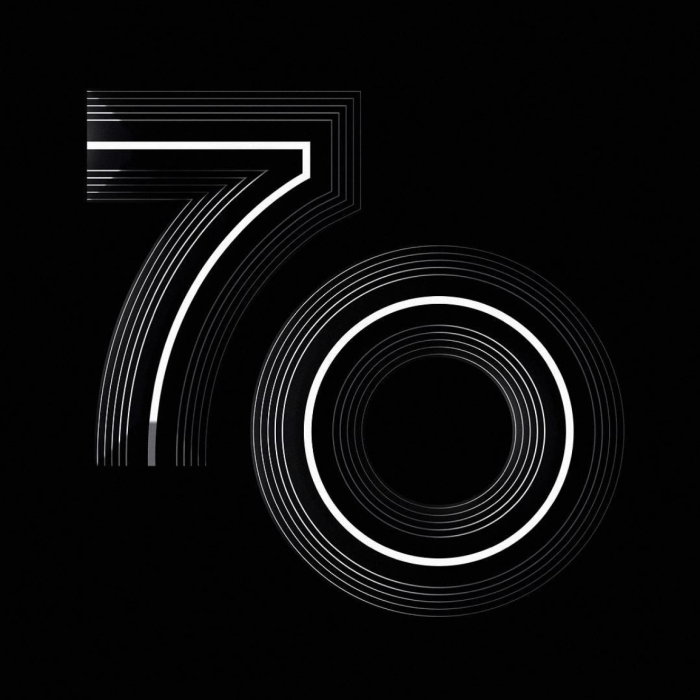External hard drives might be the least exciting gear purchase a person can make, but it’s also one of the most important. Just ask any photographer, video editor, or art director who has ever dealt with a slow drive on the day of a deadline. Or worse: a crashed computer that wasn’t backed up properly.
You need external drives to back things up and to transfer files from computer to computer. And if you upgrade to a drive with the ability to read and write data quickly, you’ll be able to work with big files faster—and spend less time trying to retrieve the data from some clunky external drive from way back in 2010.
Whether you need a slow 1TB drive or a blazing-fast 20TB system, we’ve got you covered.
You’ve likely bought an external hard drive before, but, like TVs, there are always new technologies and upgrades every couple of years. And while you may have to learn a few things—like what a USB 3.1 Gen 2 connection means or what external solid state drives, actually do—it’s mostly good news: as memory costs decline, you’re likely getting double the size (or half the price) of the drive you bought a few years ago.
Whether you’re a photographer, graphic designer, film editor, or just trying to back up all your computers to one drive, we put together the best hard drives for every need.
Pick Two: Speed, Size, or Price
When you’re buying an external hard drive, you’re really balancing your needs against three different variables: size, speed, and price. Want a big, cheap one? Go for it, but don’t expect it to be very fast. It’s best for backing up and transferring files from computer to computer.
Need a cheap, fast external hard drive? No problem, but it won’t be big, so you’ll only be able to store your recent projects on it. But, in conjunction with another slow, large drive, you could have the best of both worlds.
Most likely, you’ll get some combination of drives. Like a large, slower drive for storing backups and a smaller, faster solid state drive to directly edit off of. Or a DAS array for your home video editing workstation, and a couple of SSDs to edit your footage on the fly. Whatever your case may be, we’ve got something for everyone below.
Person 1: “I Just Need an External Hard Drive”
If you don’t have terabytes and terabytes of files to store, you, like most of the world, can probably rely on one external hard drive to back up your files or to transfer files between two computers.
You don’t need something crazy fast since you’re not working on big files like movies or Photoshop files directly off the hard drive, so you really just need something big enough to hold all of your stuff. If you haven’t thought about this before, you’re probably more than safe with a fairly slow 2TB drive from any trusted brand.
Remember: you should always buy more than you need, but not too much more. Since the price of storage is always dropping, you can always add more for cheaper later.
Our No-Fuss Hard Drive Picks:
Description of all four: This is the standard external hard drive, which means lots of competition. These four brands are trustworthy bets in the hard drive space, so really, you could do worse than just picking the one you think looks the nicest.
Person 2: “I Never Want to Delete Anything”
Okay, so maybe you’ve got a little more than a few terabytes to back up. At larger sizes, you’ll likely need a power source, which makes these hard drives better for single location usage—but most people don’t need to move their backup around all the time, so that might not hold you back as much as you might think.
For you, we’d suggest either a portable 4TB drive or a desktop 8TB drive. (A desktop drive will need to plug into power, but you can still move them from computer to computer fairly easily.) Mac users, who have Time Machine backup software built into their operating system, just need a simple drive, while Windows users might appreciate the WD My Book, which bakes backup software into the drive.
Our Large Storage Solution Picks:
Just need a big drive? Here you go. You have to plug both of these WD drives in, but given their size, that’s usually fine for most use cases.
Person 3: “I’m a Creative On The Go”
Maybe you’re a travel photographer roaming the world, or you just work off your dinky laptop at a coffee shop all day, or you spend time between the office and your home computer and have a lot of files you don’t want to offload onto the computer every day. In this case, you’re working off the external hard drive, which means you’ll get a big performance boost if you get a faster drive.
You’ve probably heard of solid state drives the last time you upgraded your laptop or desktop computer. Unlike a typical HDD, or hard disk drive, an SSD has no moving parts—it’s the same technology as the memory cards you’ve been sticking in your camera for years, only bigger. Like a big USB flash drive. You can read more about the difference here.
They’re faster—much faster—than old-school drives, which means you can edit videos and large photographs directly off the drive without having to transfer them to the computer first. You’ll pay for the speed, though, so most people are fine buying a smaller external drive to work off of and keeping a larger one for backing up and transferring files at home.
Added bonus: these drives get a speed boost from their connection, too, by utilizing a USB 3.1 Gen 2 interface. Most drives are simply USB 3.0, which is the standard, but this 3.1 Gen 2 interface (and confusingly, not Gen 1) offers a noticeable speed bump. This connection helps make the most of that blazing-fast SSD. As you move up to external desktop drives, you’ll see Thunderbolt 3 connections, which connect through USB Type C and are the current speed champion. But in this case, that’s a bit of overkill—and there aren’t any affordable portable options, anyway.
In short: solid-state drives are good, and a USB 3.1 Gen 2 connection makes that solid state drive speed even faster.
Our Ultra-Portable Picks:
Person 4: “I’m Okay With Building a Server On My Desk”
If you work with huge files all day and need quick performance for terabytes and terabytes of files all day, you’ll need more than one drive—you’ll need a whole box of them working together. Thankfully, a few brands have emerged to create enclosures that can hold multiple hard drives at once and scale up in size as you need to, so you can create a pretty large and fast system all on your own.
These enclosures are kind of a DIY option, but in this case, that’s a good thing. There are multiple slots for drives, so you can add them as you need, or buy faster ones when you want. They both enable RAID configurations, which combine the drives to either drive super fast speeds or provide layers of backup. (Depends on which RAID configuration you go with.)
This is as good as it gets, short of building a server room in your house. And it’s a little more future-proof than the aforementioned external hard drives, too—swap in solid state drives when they get larger, buy more storage when it gets cheaper, and utilize the Thunderbolt 3 interface in the Drobo unit once you’ve got a computer that can connect to it for maximum speed.
Our Massive and Scalable Hard Drive Solution Picks:
Again, external hard drives might not be the most exciting gear purchase you’ll ever make, but if you’re serious about your work, it’s a vital tool to keep in your toolkit. You never know—one day you may just spill that oat milk latte all over your MacBook Pro, and while your trusty laptop won’t make it, at least you won’t have to go back and do weeks of client work, too.



